the Capital of Croatia
To go Back at any time,
use Browser's "Previous Page"
After a near-sleepless overnight flight from Dulles and a delayed transit from Frankfurt, Patty could still summon a smile in late afternoon! This was our “get-acquainted-with-Zagreb” stroll near our hotel. The ostentatious structure in the background is the Croatian National Theater which opened in 1890:
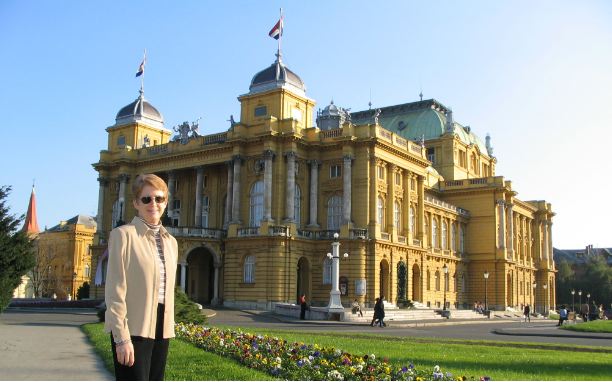
We were struck by the compact size of Zagreb’s airport after the sprawl and complexity of Frankfurt’s. In this case, small was beautiful because immigration was quick and baggage arrived almost instantly. Quickly, we learned that “Zagreb” is pronounced emphasizing the first syllable.
After a most welcome night’s sleep, we were more than receptive to a city tour. Our coach drove us to the Upper Town (Gradec) so that our walking tour was all downhill. First stop was St. Mark’s Church, a much-renovated structure that bears the coat of arms of Croatia and Zagreb in its tiled roof:
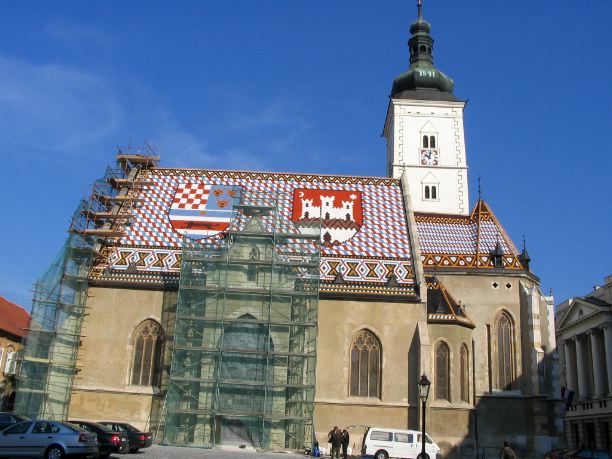
This is the symbolic heart of Croatia for the church is flanked on one side by the Parliament building and on the other by Cabinet offices --- although you’d never guess from their modest facades.
If you can ignore the scaffolding, you’ll find the multicolored tiles very attractive:
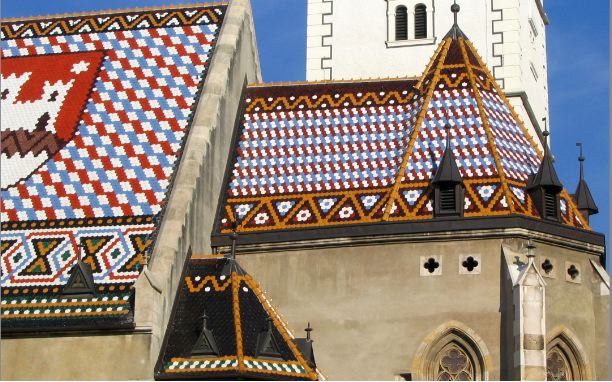
A short distance away, a funicular makes for easy transport between upper and lower town:
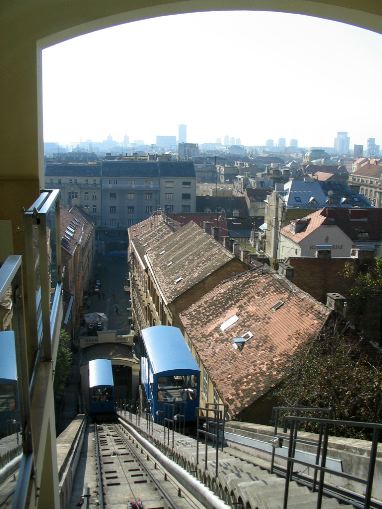
The biggest building visible to the east is Zagreb Cathedral, topped by two lofty spires:
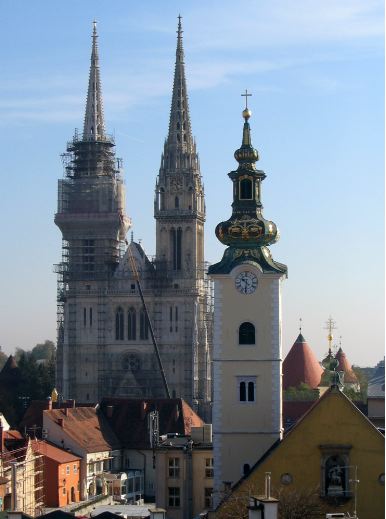
Inside the Cathedral is the grave of Cardinal Stepinac, head of the Croatian Church during World War II and imprisoned by the Communists immediately afterward. Regarded by most Croatians as a martyr and a patriot, his grave became an unofficial shrine long before the collapse of Communism in 1990.
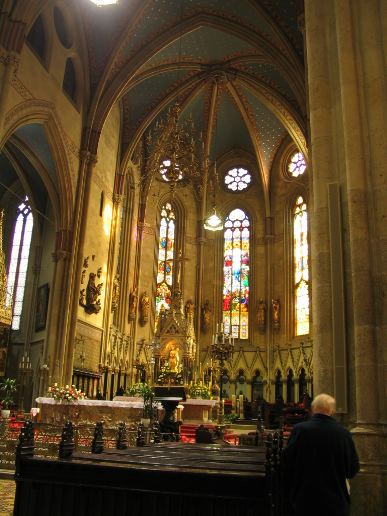
In lower town the Governor Jelacic Square (Trg bana Jelacica) is a transportation hub and popular meeting spot:
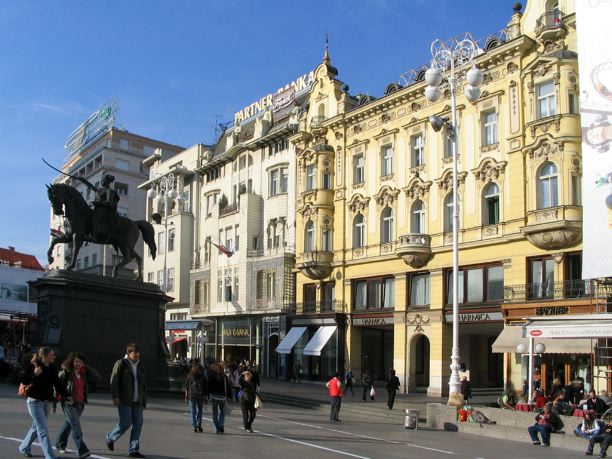
Two miles east of the Square lies Maksimir Park, Zagreb’s largest open space. Designed as a landscaped English-style country park, it is a favorite place for strolling:
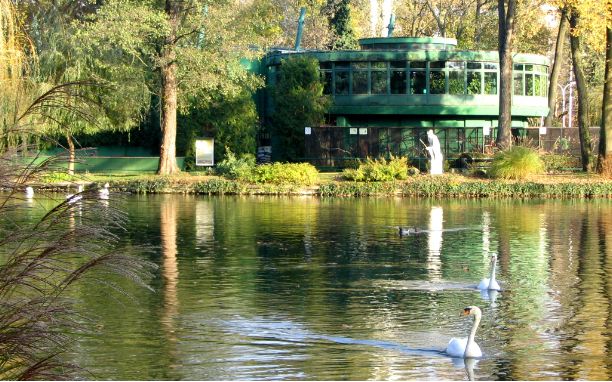
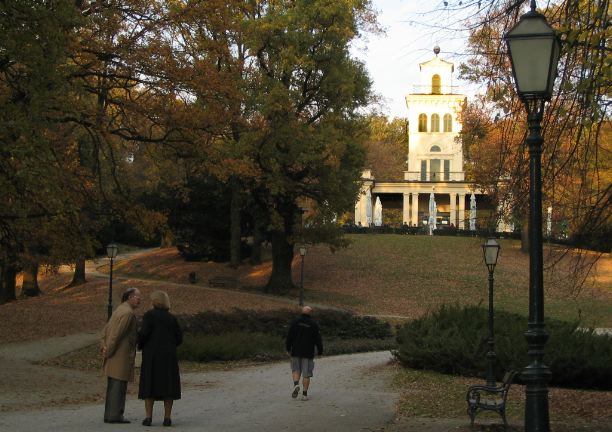
The most remarkable sight we encountered in Zagreb was not on our tour itinerary at all. Somewhat out of the way and reached only with the help of our guide, Mirogoj Cemetery resembles a fortress from the outside:
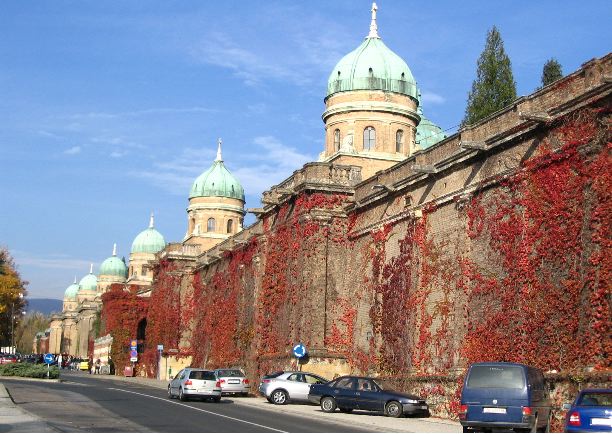
Just inside the main entrance and behind this chapel is the grave of Franjo Tudman, who became President in 1990, one year before Croatia declared its independence:
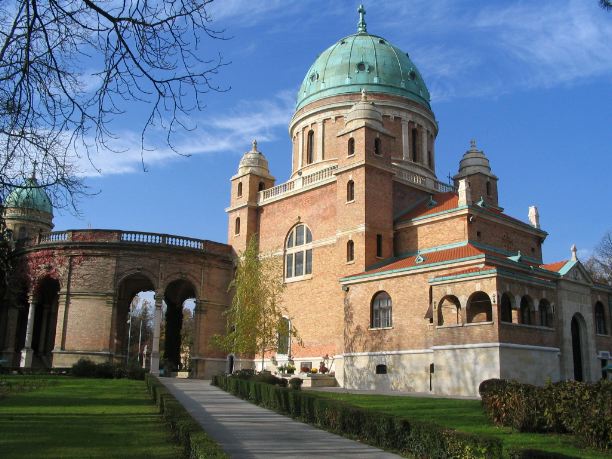
Two arcades run on either side of the entrance beneath the massive front walls:
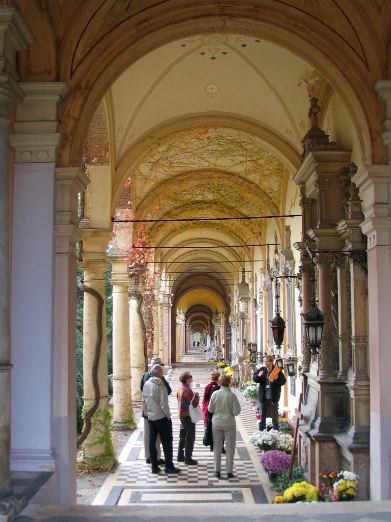
Visible in this one is our guide, Harry (aka, Hrvoje), and several of our fellow travelers.
Mirogoj is a beautiful place:
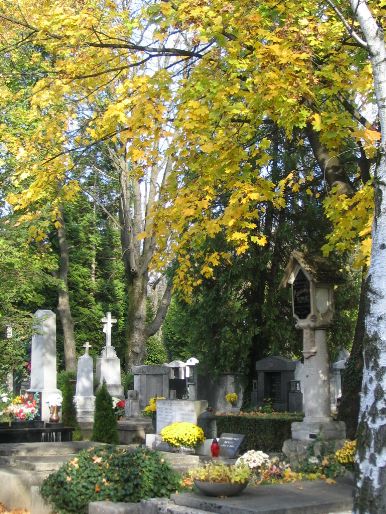
It serves all of Zagreb’s citizens, regardless of faith. Graves are intermingled rather than separated by religious affiliation.
Finally, as we prepare to leave Zagreb, views out the window of our hotel:
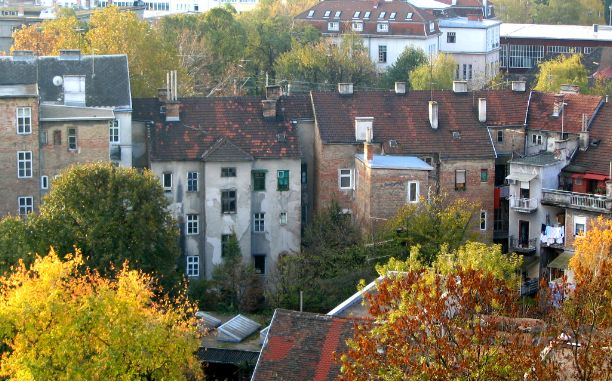
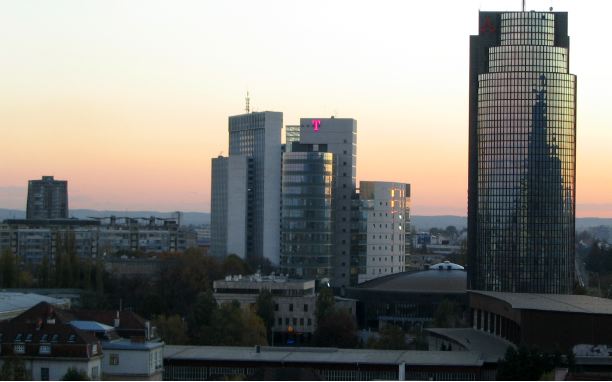
And, as we drive away, a look back through the bus window at the Westin Zagreb, a classy place we would probably never have chosen were we traveling independently:
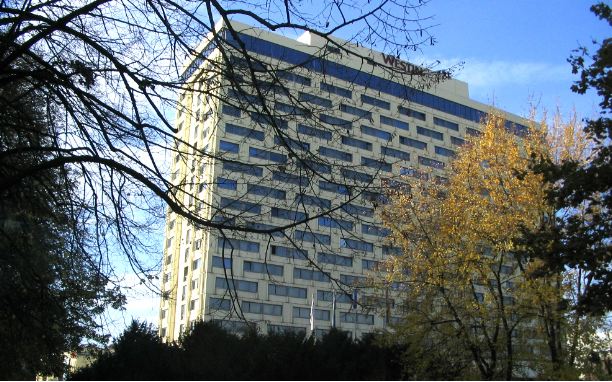
Throughout this trip we remembered well the Westin’s truly outstanding breakfast buffet. It set an impossibly high standard for all our other hotels.